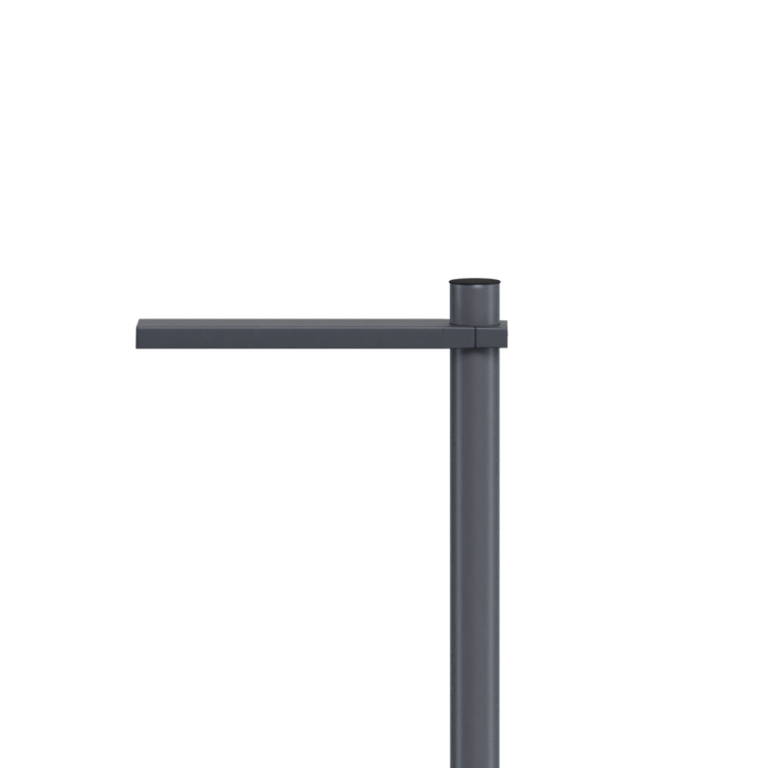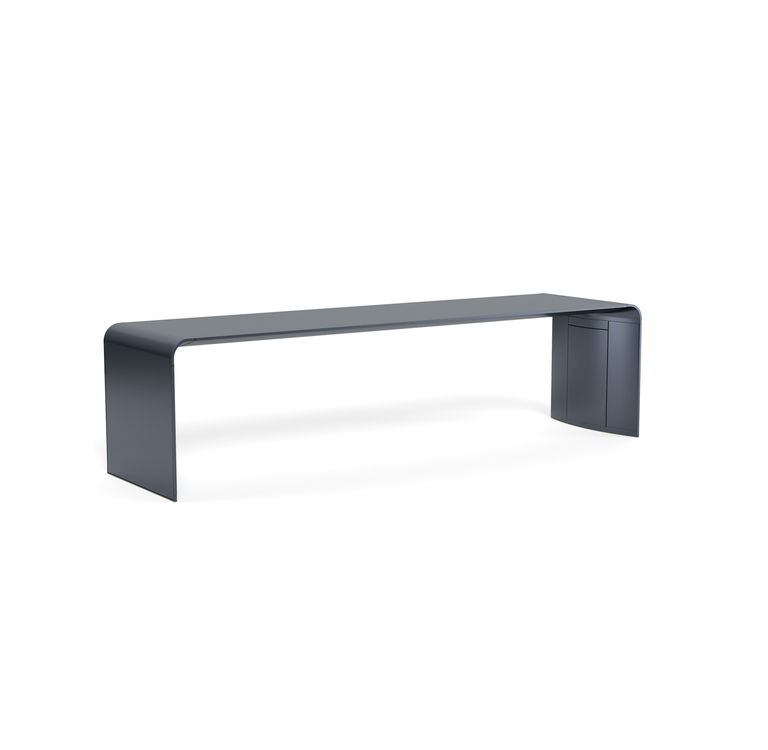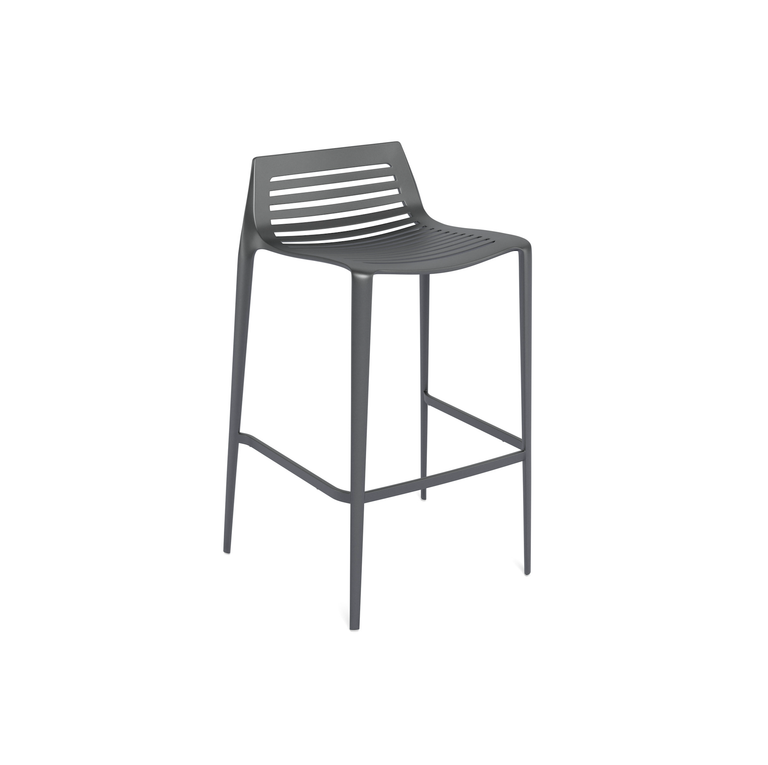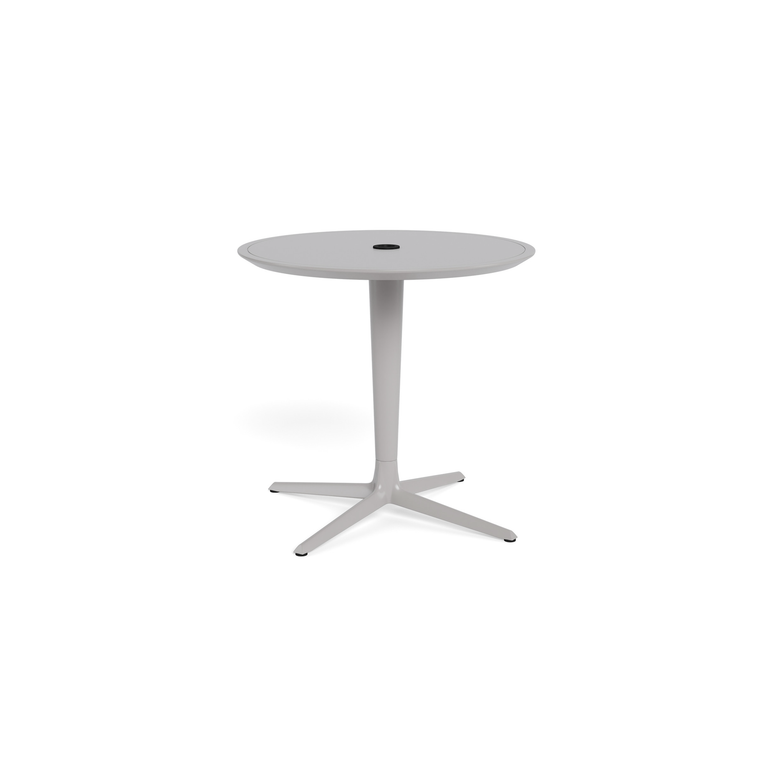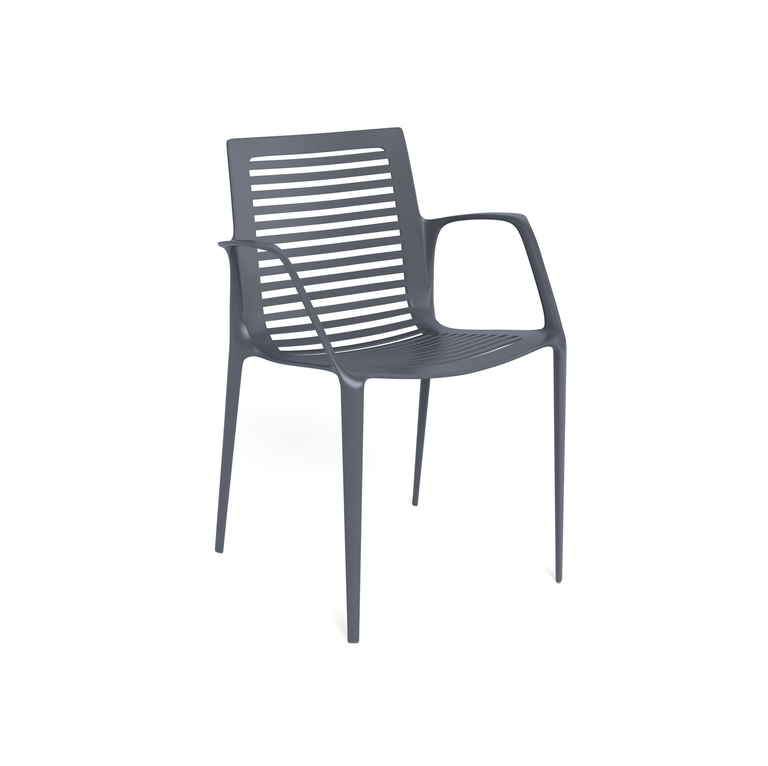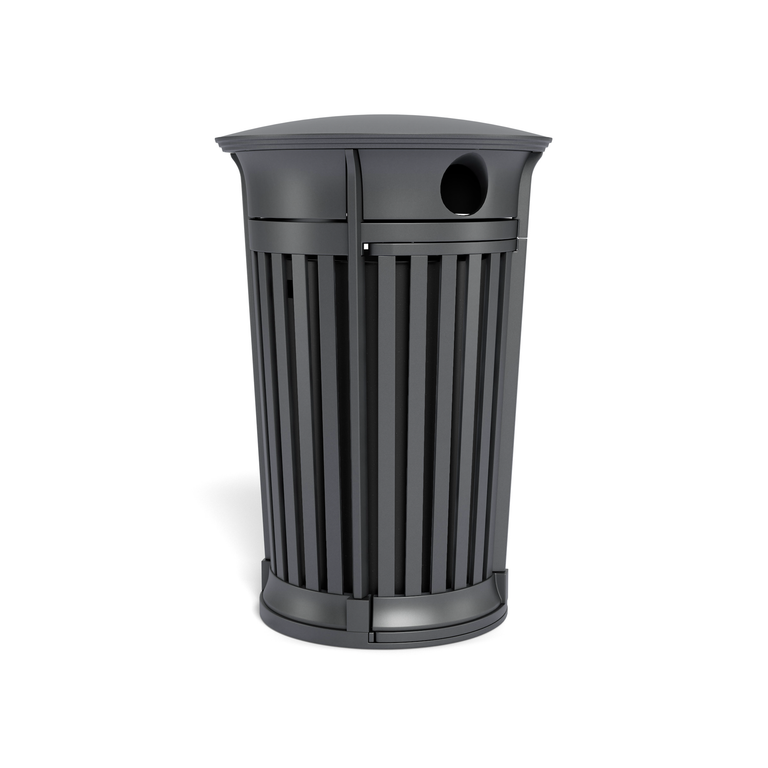Pacific Plaza
Dallas, TX
Landscape Forms Elements:
Rama Area Lights, GO OutdoorTables, Chipman Tables & Chairs, Chipman Stools, Poe Litters, Silla Chairs
Design Partners:
SWA Group
Team Members:
Bill Tatham Photography SWA Group
Chuck McDaniel, SWA Group managing principal, is inspired by “creating usable, interesting, highly articulated space where there was previously none.” His words perfectly describe Pacific Plaza, a nearly 4-acre park in the downtown central business area that had formerly been a parking lot.
Dallas had been a city plagued by car culture, says SWA Group’s Jack O’Neal. “The city was a place you drove to, worked in, and left. The urban core reflected that. It was a ghost town on weekends and evenings.” But cultural shifts as well as city leaders’ desire to attract businesses and residents to the urban core resulted in a 2003 master plan for parks that identified four signature parks to be developed with $47m from nonprofit Parks for Downtown Dallas and $37m from a bond initiative. Pacific Plaza is the first of the parks to open. “Parks for Downtown Dallas recognized an opportunity to create more public spaces to support a growing downtown community,” says McDaniel. “More people now prefer urban living and urban green space. That is an amenity that makes people want to live and work there. Parks activate urbanism.”
The three-acre parking lot was across the street from the nearly one-acre Aston Grove, a small triangular park with a stand of mature live oak trees. When SWA Group began working with Parks for Downtown Dallas on Pacific Plaza, it became clear that connecting Aston Grove with the three acres made sense. Closing the street between the two spaces presented a hurdle, but the city agreed with the recommendation and Live Oak Street was removed. “The inclusion of Aston Grove eliminated vehicular traffic and gave us an immediate scale of mature trees and an opportunity for a portion of the park to have immediate shade,” says McDaniel.
SWA Group’s landscape design is a layered one. The 7.5-foot grade change diagonally across the park was visible once the parking lot was cleared. McDaniel elevated a low corner of the park about four feet so that people would enter the park on “wide steps that subtly scissor and weave,” says McDaniel.
The elevated area is home to a 95-foot x 138-foot ovoid pavilion designed by HKS LINE Studio. The park is named for the Texas and Pacific Railroad, and the pavilion honors the region’s railroad history. The pavilion’s stainless-steel structure is laser cut in Morse code with the name of every railroad stop along the route from New Orleans to El Paso. “This corner of the park with the pavilion created a moment that is connected to the park experience, to the history of the railroads, and to the city’s architectural history,” says O’Neal.
McDaniel’s vision for lighting the park was to create a datum for the park edges. The pole heights of Landscape Forms Rama area lights placed around the plaza perimeter were custom sized so that each luminaire is the same height across the park’s grade change. “Designers too often forget the impact of what the top of the light contributes to a scene,” explains McDaniel. “The poles became elements of the design, like columns holding up the park at the edges. Because they are level, it implies a ceiling across the top of the park. You have a roof over your head. It’s a comforting experience.”
Beyond the custom poles, SWA Group worked with Landscape Forms’ lighting group to create custom green beacons at the top of each luminaire. McDaniel chose green as a signal that the lit space is green space.
Pacific Plaza includes distinct areas, from the dog intercepts and play area to the pavilion, but McDaniel wanted “one bold stroke in the park that was memorable and durable.” The Thread is a 611-foot long Indiana limestone seat wall that meanders, a “’riveresque’ stroke that makes its way across the landscape.” Like the Rama area lights, The Thread’s height remains at a constant to create another datum as it moves across the park.
Chipman tables, chairs, and stools and GO OutdoorTables in Landscape Forms’ Flambé Orange powdercoat finish add a pop of color that is in contrast to the grays, glass, and concrete of the park’s surrounding architecture. “I wanted to create a field of California poppies as you look across the Plaza,” says McDaniel. “I think of the site furnishings and play structures as hundreds of little sculptures.” His color palette was intentional. All elements that move are orange. Stationary elements, such as the walkways, The Thread, and cast concrete Silla chairs from Escofet are in gray tones. The Silla chairs are arranged in small conversation grouping under the live oaks in Aston Grove.
McDaniel describes SWA Group’s work as modern and contemporary, and he gravitates to Landscape Forms products because they share a similar aesthetic. “The site elements, with their orange color and architectural quality, are a critical gesture within the landscape of the park. We wanted all things to be interesting and have the same gravitas. Go Outdoor tables are as important as the swings and the pavilion. Every element works together.”
McDaniel, who lives in Dallas, calls Pacific Park his legacy project. “I’ve travelled the world in my 40 years with SWA Group, but the opportunity to create a public park in my hometown that is accessible to everybody, not a high-end private resort or gardens with limited hours, means a great deal to me personally. I’ve always said that that parking lot was a park in waiting.”
Related Products
Articles
What trend watchers call "the big secret" and "the next frontier" is actually a well-established phenomenon that has been understood for as long as we've had indoor habitats.
Why Not Go Outdoors?
SWA Group Managing Principal Chuck McDaniel is inspired by “creating usable, interesting, highly articulated space where there was previously none.” His words perfectly describe Pacific Plaza, a nearly 4-acre park in the Dallas central business area that had been a parking lot.
Pacific Plaza: A Parking Lot That Was a Park in Waiting
Throughout its history, Escofet has employed a pioneering strategy of pluralism in design, continuously collaborating with leaders in art and architecture to push boundaries, further innovation, and generate new design language.
Designing the Future Since 1886
How do we protect communities and increase their capacity for resilience while remaining in accordance with the broader goals for humanity, society and planetary systems of resilience?
Cross-Industry Experts Discuss Live: Examining the Different Scales of Resilient Design
